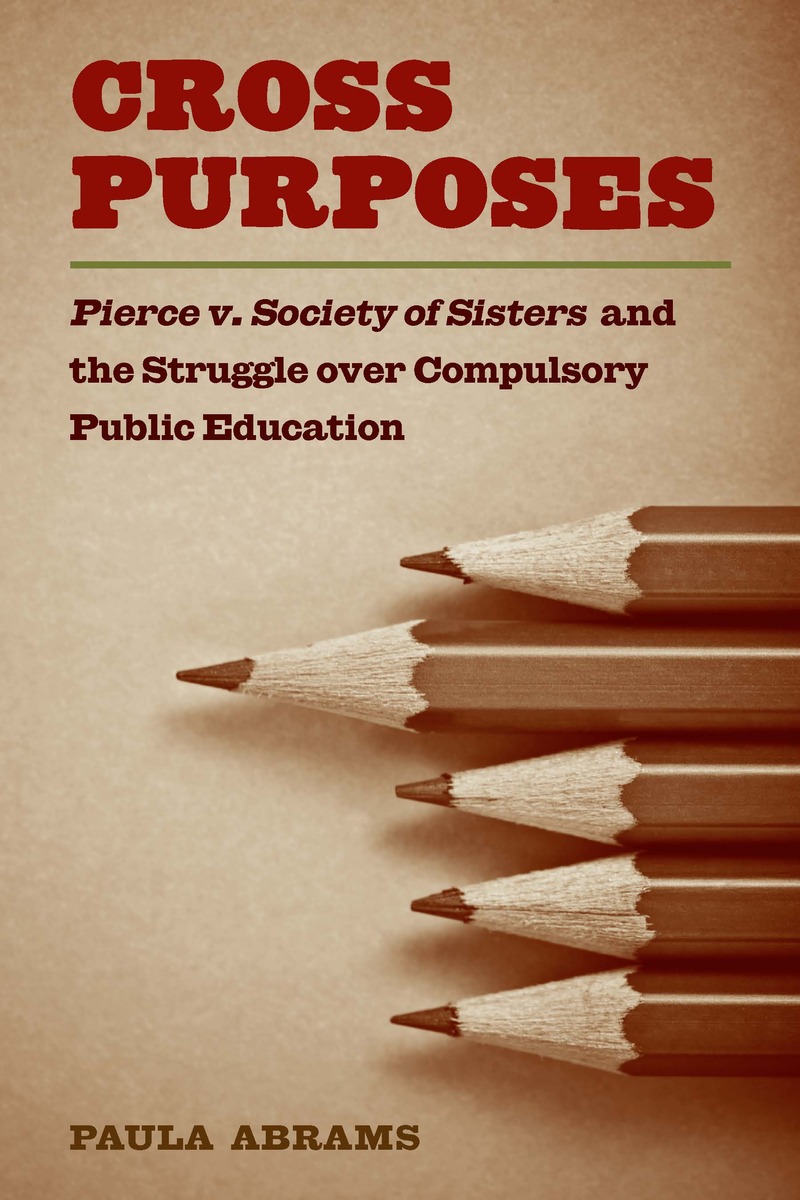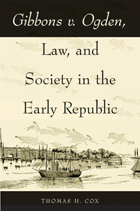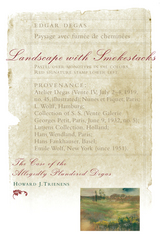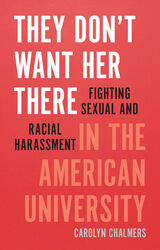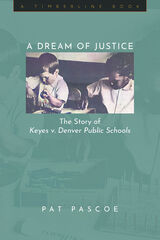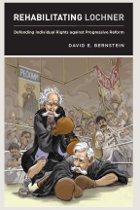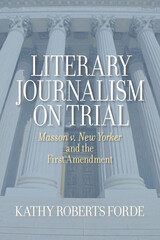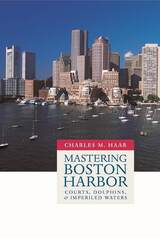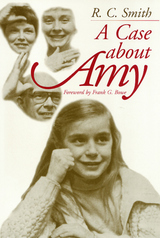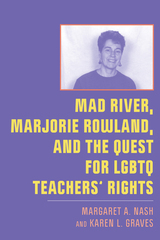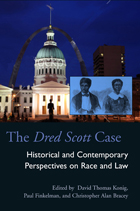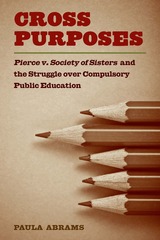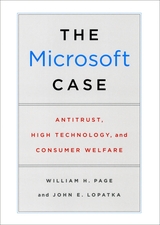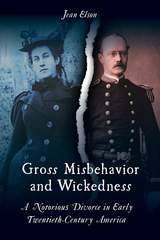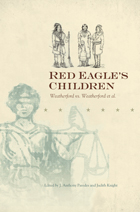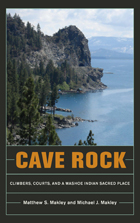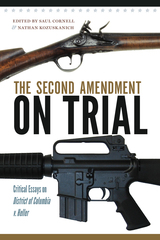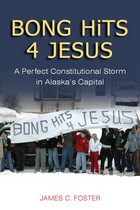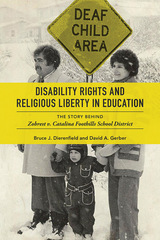"Even though several earlier studies cover much of the same ground as this book, this important case always is worthy of fresh attention, and Paula Abrams in Cross Purposes enhances our understanding of it. She provides a thorough examination of the political forces in Oregon that produced the nation's only compulsory public education law, and she offers an exeptionally detailed analysis of the shrewd litigation strategies that enabled Roman Catholics, Lutherans, and other religious groups to successfully challenge the statute. It is a fascinating story, and Abrams's able telling of it should interest general readers as well as historians, lawyers, and constitutional scholars."
--William G. Ross, Cumberland School of Law, Samford University
— -
"Abrams has crafted an engaging and revealing narrative connecting politicians, Klansmen, Masons, the Vatican, educators, parents, and citizens into an account that borders on intrigue but also elucidates and interprets the birth and defeat of a movement that resulted in landmark legislation."
---Journal of Education and Christian Belief — -
"Abrams has crafted an engaging and revealing narrative connecting politicians, Klansmen, Masons, the Vatican, educators, parents, and citizens into an account that borders on intrigue but also elucidates and interprets the birth and defeat of a movement that resulted in landmark legislation."
—Journal of Education and Christian Belief
— Amy Dee, Journal of Education and Christian Belief
"...it will inform law students who are willing to go beyond doctrinal one-liners in their understanding of constitutional law. It will remind Oregonians of an uncomfortable period of intolerance and bigotry from which they can learn or which they may perhaps repeat. It will serve as a cautionary tale about the use and misuse of the initiative process. And it will be a reference source in the ongoing debate about what Pierce really means."
—Susan M. Leeson, Senior Judge, State of Oregon, Oregon Benchmarks
— Susan M. Leeson, Senior Judge, State of Oregon, Oregon Benchmarks
"[Abrams] has a discerning eye for telling phrase and identities and skillfully characterizes the personalities and roles of the principal church officials and attorneys and some unheralded officials and citizens. This is also the best account to date of the role of Oregon Grand Dragon Fred L. Gifford and other Klan leaders in exploiting the school issue."
—The Oregon Historical Society
— Eckard Toy, Jr., Oregon Historical Quarterly
"Even though several earlier studies cover much of the same ground as this book, this important case always is worthy of fresh attention, and Paula Abrams in Cross Purposes enhances our understanding of it. She provides a thorough examination of the political forces in Oregon that produced the nation's only compulsory public education law, and she offers an exeptionally detailed analysis of the shrewd litigation strategies that enabled Roman Catholics, Lutherans, and other religious groups to successfully challenge the statute. It is a fascinating story, and Abrams's able telling of it should interest general readers as well as historians, lawyers, and constitutional scholars."
—William G. Ross, Cumberland School of Law, Samford University
— William G. Ross, The Journal of Law and History
"A well-written, well-researched blend of law, politics, and history."
—Joan DelFattore, University of Delaware
— Joan DelFattore
"The view that the education of the young plays a crucial role in the development and preservation of democracy is as old as America. Just as longstanding, however, is the fear that Roman Catholicism and, later, Catholic schools threaten the nation's unity and commitments. Prof. Abrams's close, vivid history of the Supreme Court's Pierce case tells a story of how that fear was exploited in politics and incorporated into law. Hers is a careful and captivating examination of a dramatic and instructive clash between nationalism and religious pluralism, and of the ancient but ongoing struggle for control over the education of children and the formation of citizens."
—Richard W. Garnett, Professor of Law and Associate Dean, Notre Dame Law School
— Richard Garnett
"A definitive study of an extremely important, though curiously neglected, Supreme Court decision, Pierce v. Society of Sisters."
—Robert O'Neil, University of Virginia School of Law
— Robert O'Neil
